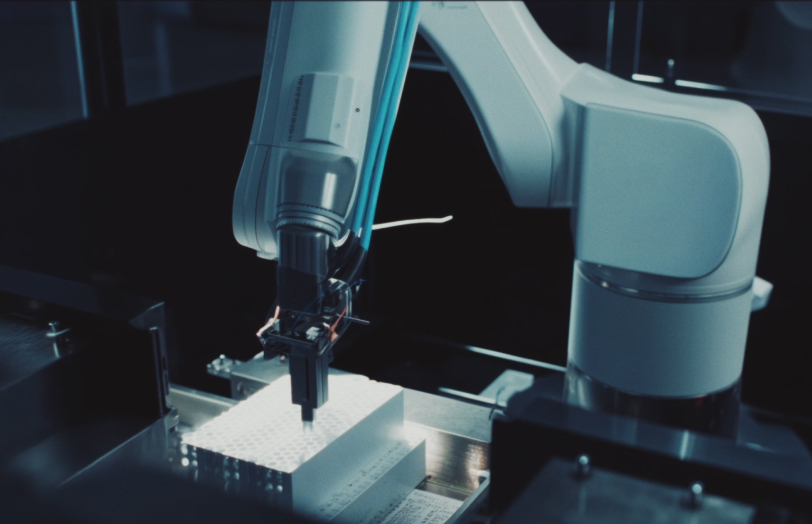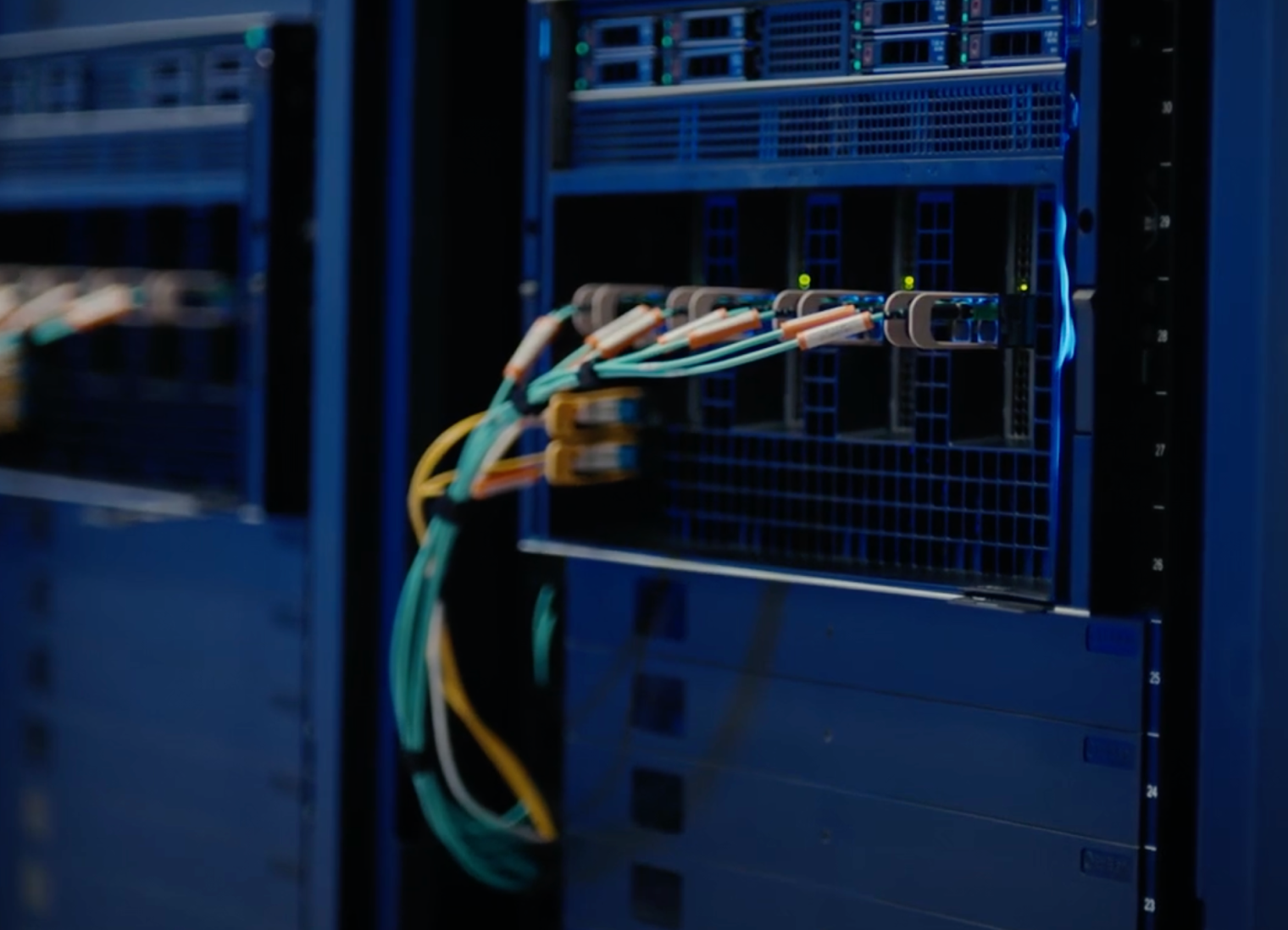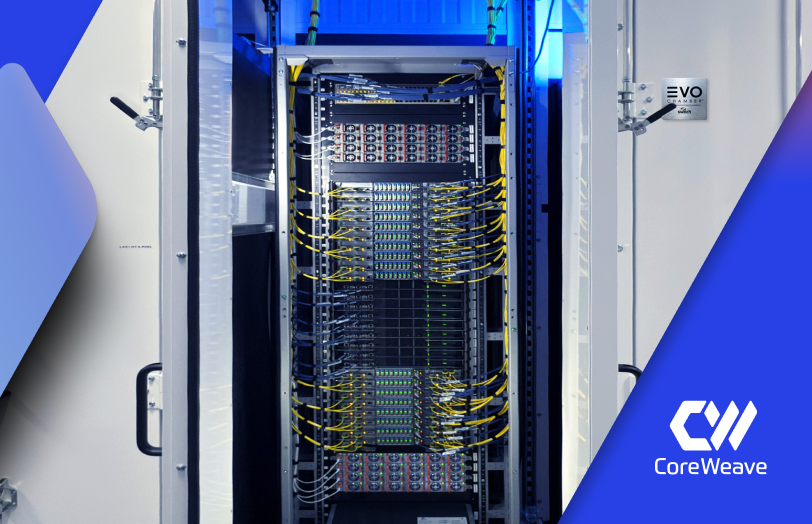Scaling AI infrastructure with an eye toward resilience and elasticity means more than just provisioning more GPUs. As models grow larger and inference becomes ever more distributed, even the most battle-tested stacks start to feel the intense pressure. Queues pile up, autoscaling solutions break when demand spikes, and costs spiral out of control.
Scaling AI infrastructure without stalling out isn’t about engaging in heroics during demand spikes. It’s about designing systems where elasticity is automatic, observability is unified, and infrastructure holds up under pressure—so your team isn’t firefighting at 3 a.m. Here’s how to scale without the headaches.
The challenges of scaling AI infrastructure
Compute starvation
When the AI industry and adoption of your next big product release can both change overnight, keeping ahead of GPU capacity can be a challenge. It’s crucial that you have a cloud provider that will be a strategic partner in understanding your capacity needs and responding when you make a big breakthrough. You can’t anticipate everything, so when things change it’s important that your provider has your back, reacts quickly, and doesn’t put you through unnecessary quota limbo.
Utilization
In many traditional cloud environments it’s almost impossible to guarantee that your GPU resources are being utilized to their fullest, particularly when your research cycle may include testing downtime or long periods of smaller test runs. Being able to seamlessly balance your capacity between training and inference allows you to ensure that capacity never sits idle and can be re-allocated quickly.
Networking constraints
Bandwidth is often a hidden bottleneck. Distributed training depends on low-latency, high-bandwidth interconnects, but many environments fall short, causing GPUs to starve even when hardware is available.
Storage drag
Unstructured data—images, video, and logs—drives AI. But traditional storage systems can’t always feed accelerators fast enough. Every second GPUs wait on I/O is a wasted opportunity and delayed output.
Why traditional approaches fall short
Throwing more nodes into the cluster isn’t always a sustainable strategy. Hybrid models or DIY scaling frameworks may work in bursts, but they introduce fragile autoscaling logic, patchwork monitoring, and brittle failover paths.
Scaling AI is about unifying compute, storage, and networking into an integrated, orchestrated platform that reacts automatically to workload physics—and does it reliably across clouds and AZs (availability zones).
Strategies for building resilient AI infrastructure
Leading DevOps and SRE teams are using the following strategies to keep AI pipelines resilient and efficient:
- Design for GPU elasticity
Just relying on traditional autoscaling won’t meet your needs in a pinch. Having a dynamic setup which allows for job prioritization, preemption, and rebalancing of capacity is crucial. Whether it’s balancing capacity between research teams or between inference and training, having a setup which manages resources intelligently—and potentially across multiple clouds—is key. - Architect for inevitable bursts, not just baselines
A stable baseline is predictable—but training comes in waves. Expanding or contracting a training cluster can lead to many undesirable outcomes. It’s crucial when attempting to burst in a training environment that you have a solution which considers node topology, idle status, and connectivity to ensure there are never interruptions or slow-downs. - Unify observability across GPU, net, and storage layers
GPU utilization tells only part of the story. Teams need end-to-end visibility into GPU occupancy, memory throughput, interconnect latency, and storage I/O. The faster you identify the bottleneck, the faster you can fix it. - Bring compute closer to the data
Keep training efficient by reducing cross-region data movement. Co-locating storage and compute minimizes latency, cuts egress fees, and ensures that expensive GPUs stay busy. - Design for resilient multi-cloud, multi-AZ inference
Outages and quota shortages are inevitable but shouldn’t stop your customers from using your inference driven products. Building with multi-cloud and multi-AZ failover in mind helps avoid the chaos of scrambling to replatform mid-incident.
The role of purpose-built AI clouds
General-purpose cloud tools simply weren’t built for scaling AI infrastructure. Purpose-built AI clouds give DevOps and architects a stronger foundation by offering:
- GPU diversity with fast time-to-market for new hardware
- High-bandwidth interconnects (e.g., NVIDIA InfiniBand) to keep distributed jobs efficient
- AI-tuned storage stacks that prevent idle GPU time
- Kubernetes-native orchestration that works for AI researcher workflows and meets your infrastructure team’s CI/CD and SRE requirements.
For many teams, the choice isn’t simply abandoning their existing cloud—it’s augmenting with AI-native infrastructure that scales predictably and efficiently, accelerating innovation without adding fragility.
Looking ahead
AI infrastructure is moving fast. Key trends to watch include:
- Embedded automation and observability to eliminate manual ops overhead
- Edge inference to cut latency for real-time applications
- Multi-cloud and open-source strategies for flexibility and portability
The organizations that thrive will require unprecedented levels of observability and automation baked in from the start. CoreWeave delivers resilient, multi-cloud infrastructure that eliminates operational inefficiencies, so you have the flexibility and stability you need to develop, deploy, and scale workloads across environments with confidence.
Want to learn how smart teams are scaling their workloads? Join us on [date] for our webinar, How to Maximize Resiliency with AI-Native Observability.
Explore how CoreWeave AI Cloud capabilities help accelerate AI innovation, from ambition to execution.
Or get in touch to see how we can work together to change the world.





.png)









